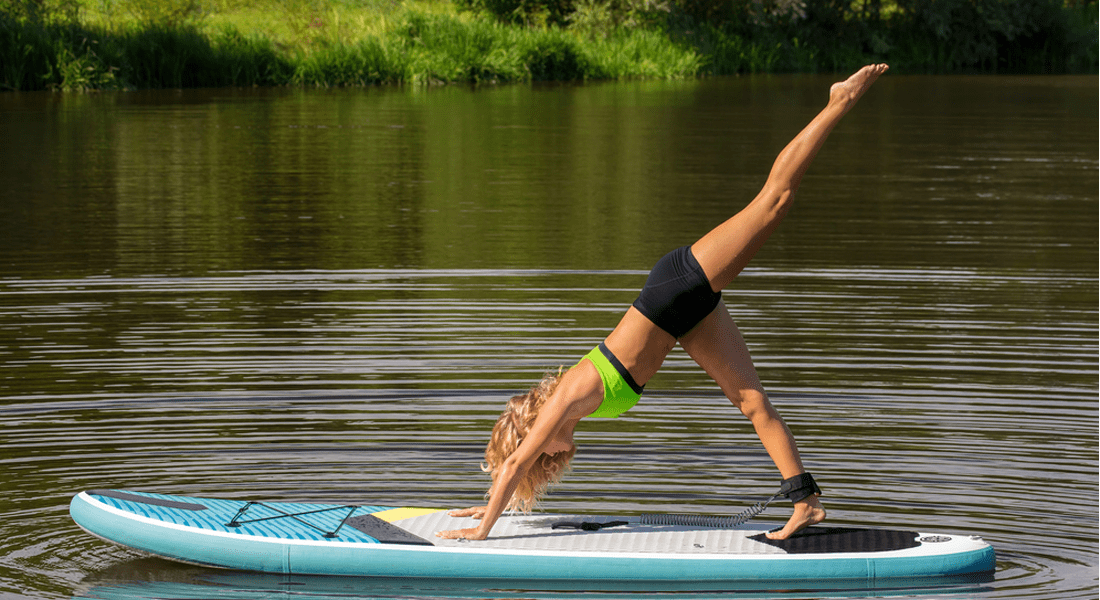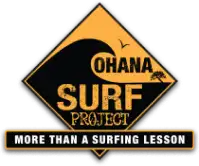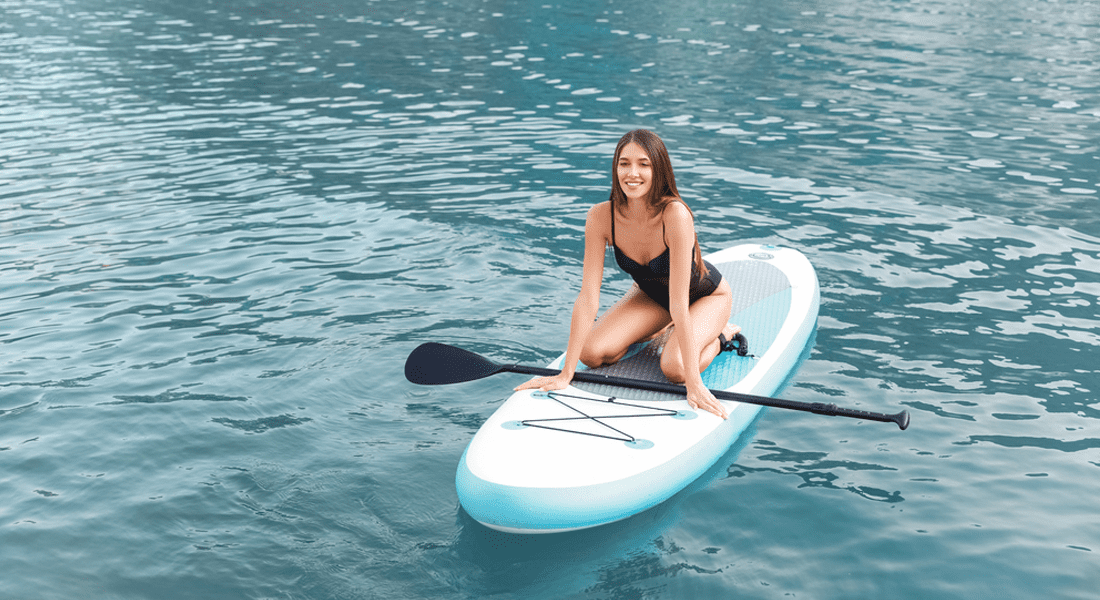
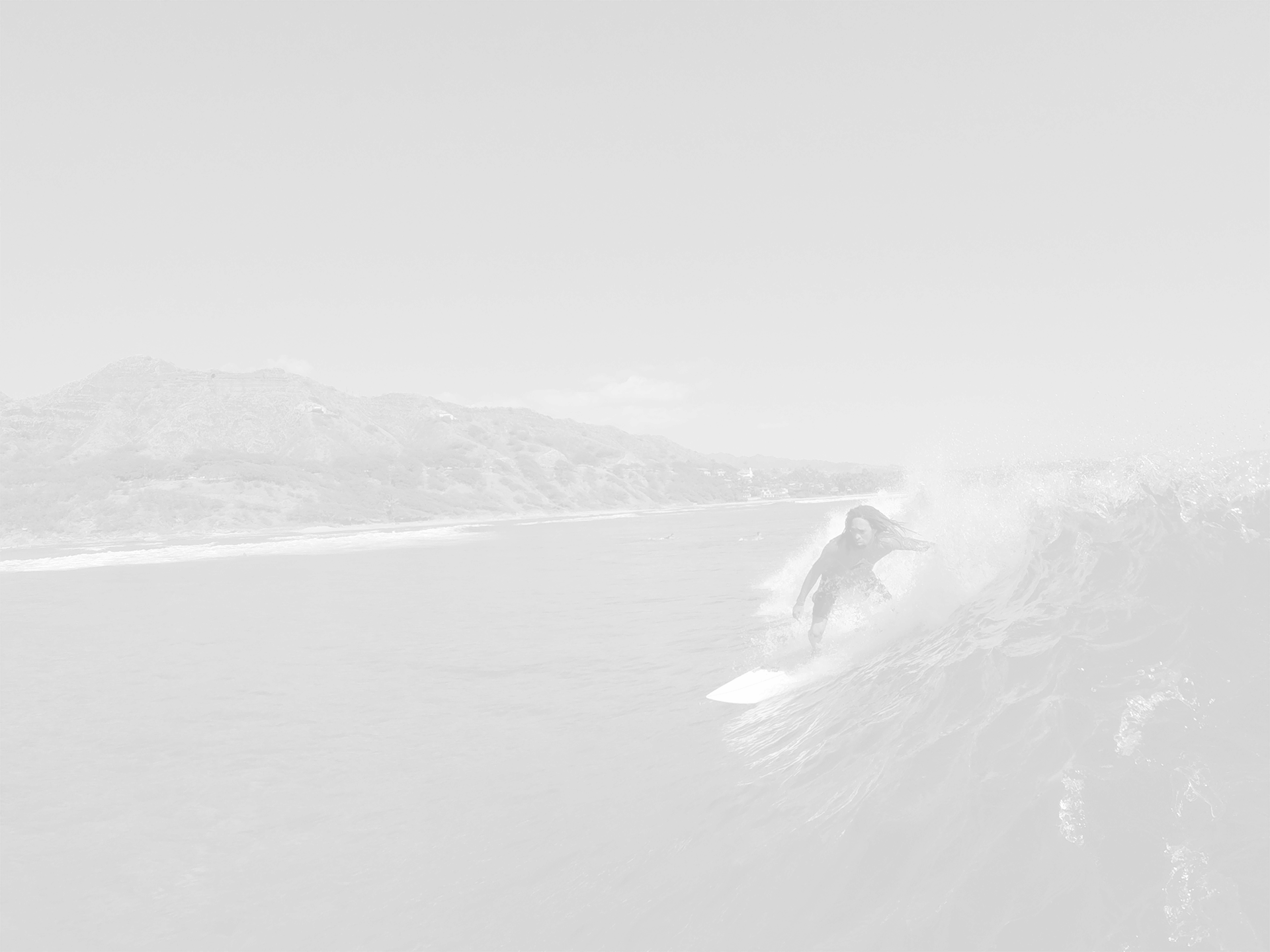
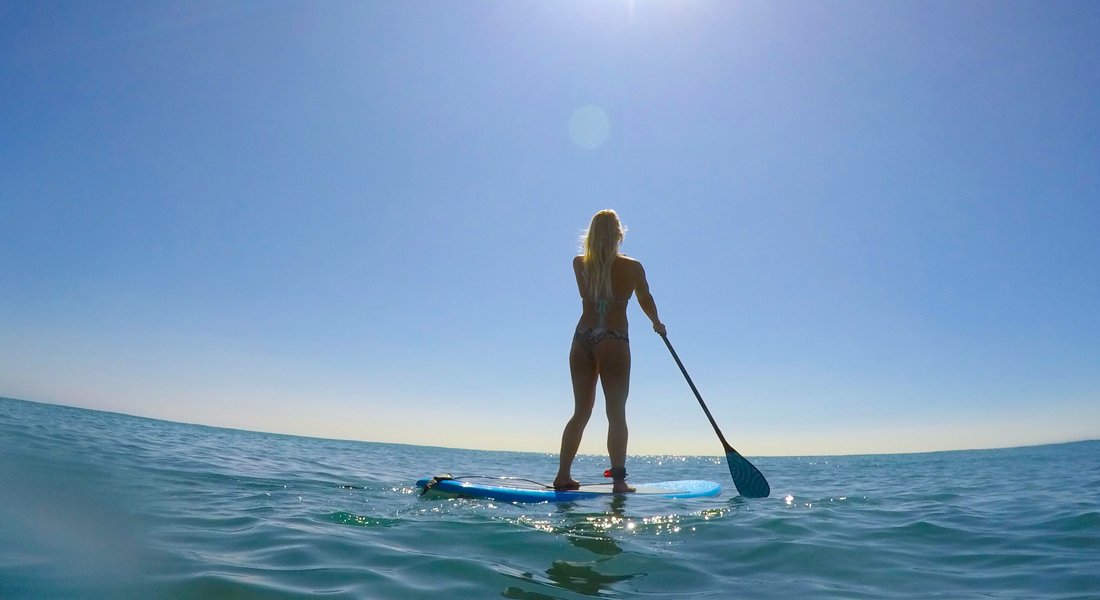

How To Hold A SUP Paddle: Tips And Techniques
Learning how to hold a SUP paddle properly is one of the first steps to becoming a confident paddleboarder. The paddle is your main tool for moving across the water. Using it correctly will make a big difference in your comfort, efficiency, and balance.
Ohana Surf Project teaches our students the right techniques to make paddleboarding as enjoyable and effective as possible. We will share some helpful tips and techniques on how to hold a SUP paddle.
What Is a SUP Paddle?
Before jumping into the how-to, let’s first define the equipment. A SUP paddle is a long, slender paddle used to propel yourself across the water while standing on a paddleboard.
It is similar to a kayak paddle but longer and has a single blade. The paddle’s length, angle, and blade shape are all designed to provide efficient propulsion and maintain stability while paddling.
How to Hold a SUP Paddle
When learning how to hold a SUP paddle, the first thing you need to know is the proper grip. Holding your paddle correctly will help you maintain balance and use less energy. Let's walk through the key aspects of holding your paddle properly.
Understand the Blade Orientation
- Blade Orientation
The concave side of the blade should face toward you. This will help the paddle scoop the water and generate more power with each stroke. The flat side of the paddle should face away from you. It’s important to check this before each session to make sure you're paddling efficiently.
- Positioning the Paddle
When you’re not using the paddle, keep it vertical with the blade facing the water and the handle pointing up. This helps prevent unnecessary drag and keeps your paddle out of your way when you're not using it.
Hand Placement
Once you have the correct blade orientation, it’s time to focus on your hands. The way you hold the paddle will affect your balance, control, and paddling efficiency.
- Top Hand (T-Grip)
The top hand should be placed on the T-shaped grip at the top of the paddle. This hand controls the paddle and helps guide its direction. Your top hand should remain relaxed. You should avoid gripping it too tightly.
- Bottom Hand (Shaft)
Your bottom hand should be placed further down the shaft of the paddle. The exact placement will depend on your height and the type of paddling you are doing. A good rule of thumb is to position your bottom hand around shoulder-width apart from your top hand.
Learn More About Us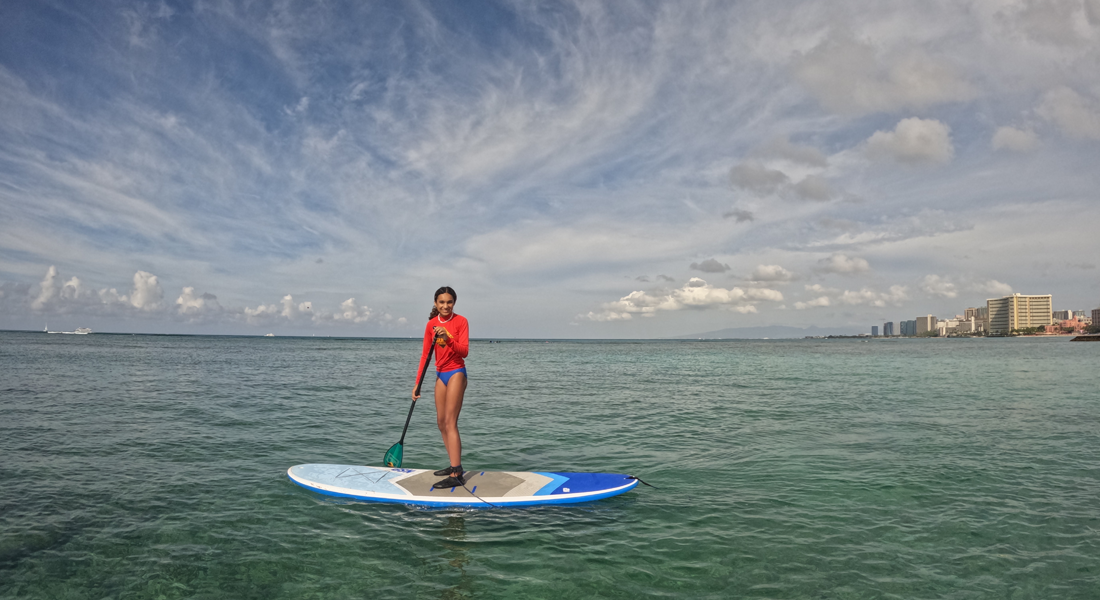

Adjusting the Length of the Paddle
The length of your paddle is another key factor when learning how to hold a SUP paddle. A properly sized paddle allows you to maximize your power, maintain balance, and avoid unnecessary strain.
- Proper Length
The general recommendation for paddle length is to add 6-10 inches to your height. For example, if you are 5’8” tall, your paddle should be around 6-10 inches longer than that, or approximately 6’2” to 6’6”. Some paddlers may prefer a slightly shorter or longer paddle depending on their comfort level and paddling style.
- Adjusting the Paddle
Many modern SUP paddles are adjustable. This makes it easy to change the length based on your needs. If your paddle is too long, you may struggle with reaching the water or maintaining a comfortable grip. If it's too short, you will have to exert more effort with each stroke, which can tire you out quickly.
How to Hold the Paddle for Efficient Paddling
Stand Upright with a Slight Bend in Your Knees
Your body position is very important when paddling. Stand with your feet about shoulder-width apart, and keep your knees slightly bent. A relaxed, slightly bent posture helps you maintain balance and absorb the motion of the water.
Keep your back straight and your core engaged. Avoid slouching, as this can lead to discomfort and reduced efficiency. Using your core muscles will help you paddle more powerfully while reducing the strain on your arms.
Paddle Stroke Technique
The stroke is the most important aspect of paddling. If you are using poor form, your strokes will be inefficient, and you will tire quickly. A good stroke will help you glide smoothly through the water and get the most out of each paddle.
- The Catch
To start your stroke, reach the paddle out in front of you, keeping your top arm straight. Place the blade in the water at a slight angle so it catches and pulls the water as you push backward.
- The Power Phase
As you push the paddle back toward your feet, engage your core to provide power. Keep your arms straight during this phase and avoid using just your shoulders or arms. Using your body’s core muscles will help you generate more force with less effort.
- The Release
As you near the end of the stroke, lift the paddle out of the water by pulling the blade up vertically. Avoid splashing, and be smooth with your motions to maintain balance.
Switching Sides
When you paddle, it is important to switch sides periodically to keep the board moving in a straight line. If you only paddle on one side, the board will turn and make it more difficult to stay on course.
- Switching Sides
To switch sides, simply rotate your top hand around the paddle grip to the other side of the handle. This should be done smoothly to avoid jerky movements that could affect your balance.
- Even Stroke Length
Try to keep your strokes evenly spaced on each side to maintain the board’s straight path. If you paddle too much on one side, the board will turn in that direction.
Learning how to hold a SUP paddle properly is an important first step to becoming a more effective and comfortable paddler. Ohana Surf Project delivers lessons for all skill levels to help you master these techniques and get the most out of your time on the water.
Looking to explore on your own? We also offer paddleboard rentals to give you the freedom to enjoy the ocean at your own pace.
Come join us for a paddleboarding lesson, and let us guide you toward becoming a confident and skilled paddleboarder!
OTHER OSP BLOGS

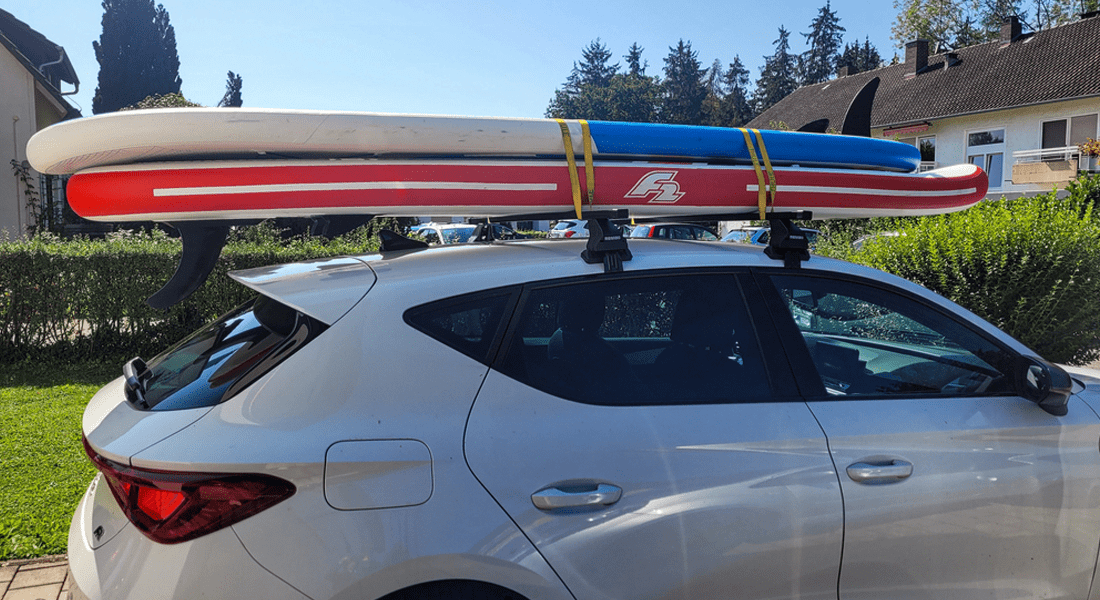
How To Transport Your Rental SUP Board
When you rent a SUP board for a Waikiki adventure, knowing how to transport a SUP board keeps your day smooth from the start. You probably feel excited to reach[...]